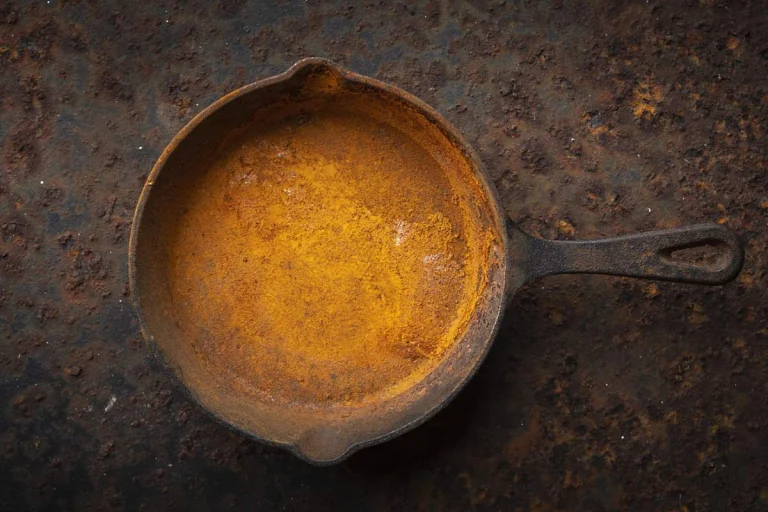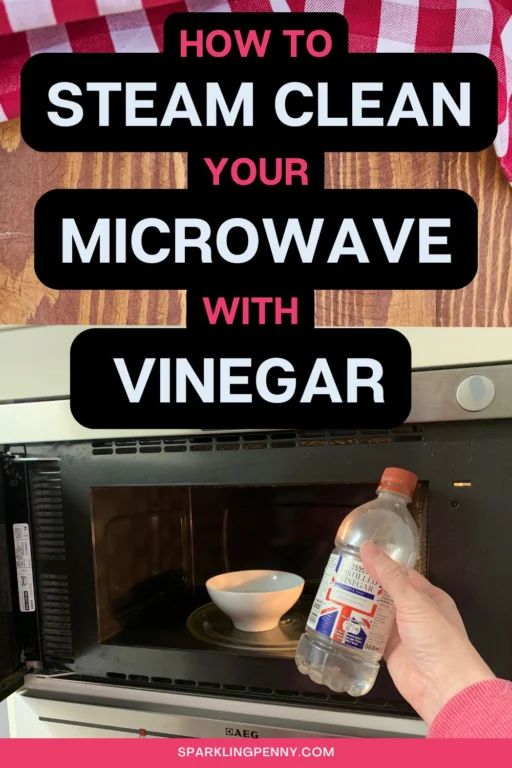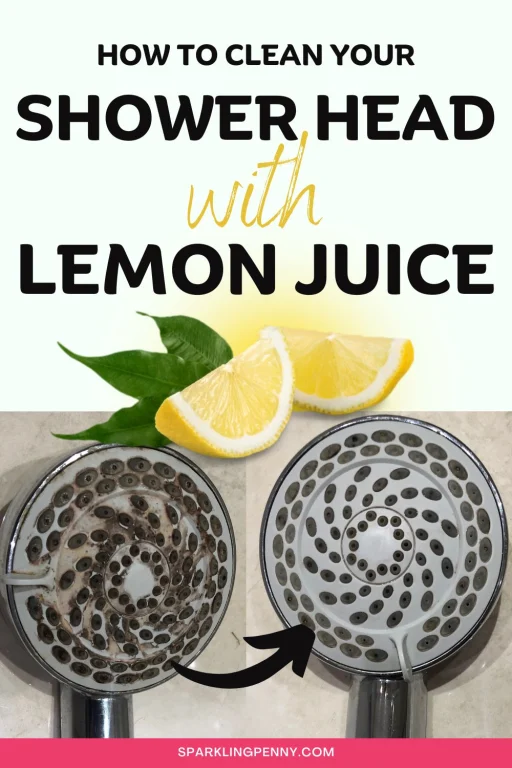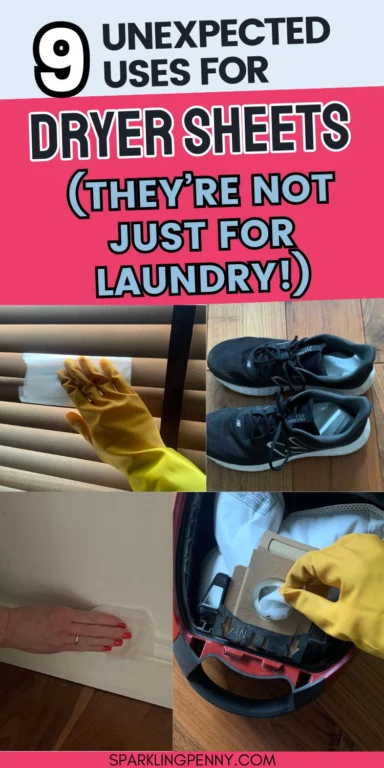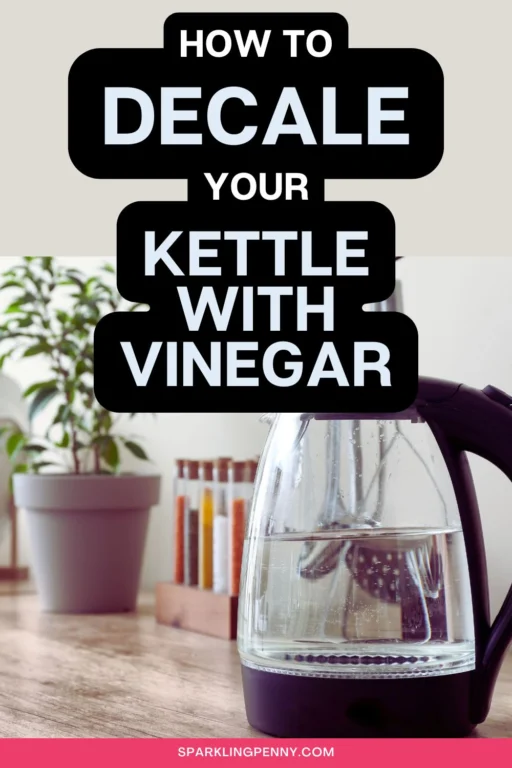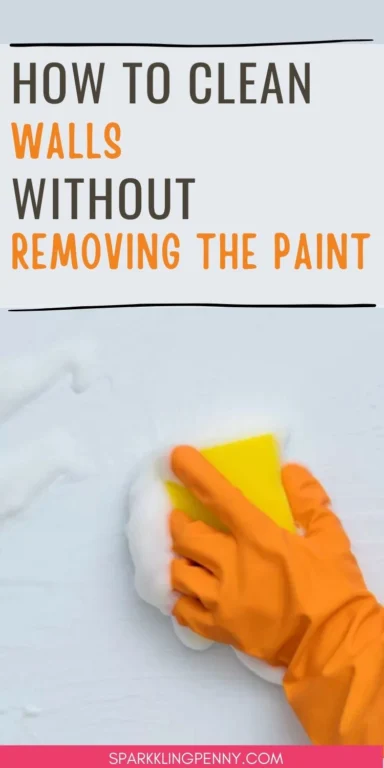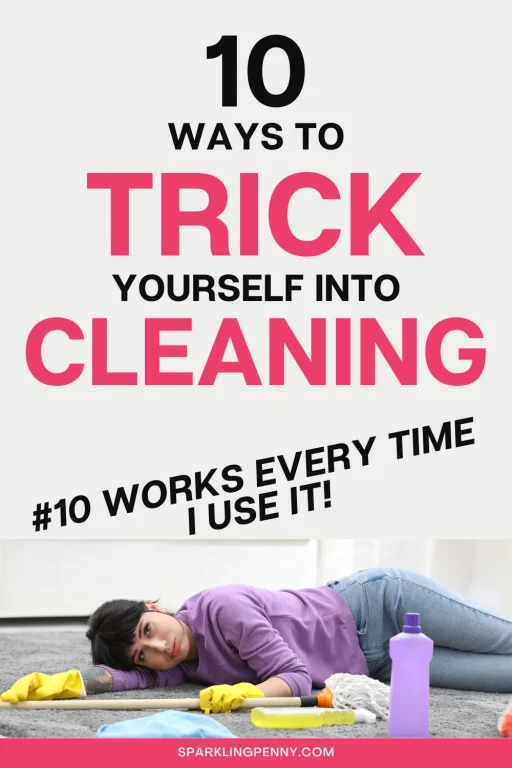I love my cast iron skillet. I use it most days. It makes crispy roast potatoes, delicious meatballs, tasty pasta sauces, perfect fried bacon, and much much more. I find that cast iron pans are so versatile and easy to care for. All you need is a couple of rules to follow.
But what if your skillet is looking a bit sad? Are you wondering whether to throw it away?
Cast iron pans are very resilient. But if your pan has an uneven base, or it has cracks or holes then it’s time to throw it away and get a new one. If your pan has a lot of rust it is usually salvageable. Rub off the rust if it’s not too bad or use electrolysis to clean off deep rust.
Heads up: I sometimes use affiliate links. When you click these links and make a purchase, I may get a small commission. It won't cost you anything but it helps me to run this site.
Throw your cast iron skillet away if it has cracks or holes
Cask iron skillets can last for a lifetime if treated correctly, but if they have been neglected over time they can get damaged. If your cast iron skillet is cracked or has holes, it sadly isn’t retrievable. The only option is to recycle it and invest in another pan.
Throw your cast iron skillet away if it has an uneven base
If the bottom of your cast iron pan isn’t even it won’t heat the food evenly either. You can test it by placing it on a flat surface and checking if you can rock it from side to side. There isn’t anything you can do about a pan that wobbles around on the stove. If you are loathed to throw it out, it’s still useable but won’t heat up evenly and areas of the food might burn whilst other areas won’t cook properly. This is especially a problem if you have an induction hob that relies on contact to produce heat.
Don’t throw away a rusty cast iron skillet
A rusty cast iron skillet is actually salvageable. Don’t throw it away! Here’s how to strip your cast iron skillet without oven cleaner.
How to clean rust off a cast iron skillet
If your cast iron skillet hasn’t had the care it deserves over the years and has become rusty, all is not lost.
If the rust isn’t too bad you can very probably buff it off with sandpaper or wire wool.
However, if your pan is very badly rusted, you might think it is beyond treatment. Think again!
Here’s how to clean your cast iron skillet using electrolysis.
- Add 10 gallons of water to a large tub.
- Add 10 tablespoons of washing soda crystals and mix it in.
- Find an old piece of scrap metal to use as an anode. This will attract the rust from the pan.
- Submerge the pan in the tub.
- Hook the negative clip from a battery charger to the pan and the positive clip to the scrap metal.
- Turn on the power and let it work for 12-24 hours.
- Remove the pan and the rust should easily rub off.
- Repeat if necessary.
Related reading:
- How Long Does A Cast-Iron Skillet Last?
- How Do I Make My Oven Racks Shiny Again?
- How To Make a Stainless Steel Sink Look New Again
- How to Clean Oven Glass With Vinegar and Baking Soda
How to dispose of a cast iron pan
If your cast iron skillet is unsalvageable, here are some ideas to dispose of it without resorting to landfill:
1. Recycle
Could you find another use for your old cast iron skillet? Here are some ideas:
- Use it for storage. You could use it for storing bits and pieces in your garage.
- Use it in the garden. Grow plants in it or use it for rustic decoration.
- Make a bird feeder or a birdbath.
There are endless things you can do with it. Here are more ideas on what to do with old pans.
2. Take it to a scrap dealer
Do you have a local scrap metal dealer you could take your cast iron pan to? Use the cash to get a new one!
What can damage a cast iron skillet?
With the right care, your cast iron skillet will last a lifetime. Cast iron seems like the most solid material possible to cook with. Can you really damage it? Yes, you can. Here’s how:
- Not using sufficient cooking oil. I like to wipe over the whole pan with oil including the sides before I turn on the heat.
- Heating it without anything in it. Always make sure you have something in the pan, some oil at least.
- Heating it up too quickly. Don’t put your pan on high heat immediately, use medium heat to start with.
- Cooling it too quickly. If you have it on high heat, don’t pour in cold water. The shock might cause it to crack.
- Not keeping it maintained. Check below for advice on how to keep your pan well-maintained.
- Putting it in the dishwasher or using soap to clean it. Cast iron skillets should not be put in the dishwasher. Always wash it by hand. There is no need for dish soap.
- Not using it. Cast iron pans get better with use. Keep yours handy and use it often.
Additionally, some say that foods with a high acid content will damage cast iron pans. I don’t agree. As long as you keep your pan well seasoned I think you can cook anything in it. However, I wouldn’t make something like blackberry jam in it as there are better pans for that.
How to maintain a cast iron pan
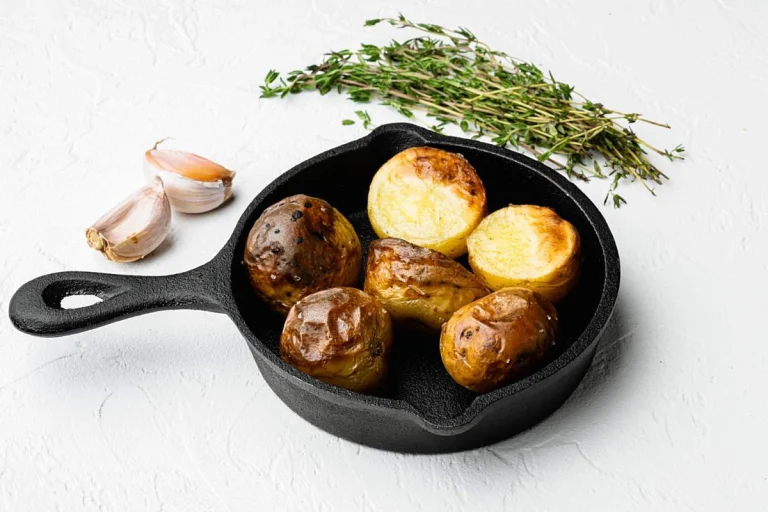
Your cast iron pan will last a very long time if you look after it. Fortunately, it’s pretty easy.
Here is how to maintain a cast iron pan:
- Keep it seasoned. Seasoning your pan makes it non-stick. The more well seasoned your pan is the less food will stick and it will be easier to clean. Use plenty of oil when cooking and wipe it over with some oil after cleaning it.
- Always use plenty of oil when you cook.
- Always use plain water to clean it. Dish soap will strip off the oils making it less non-stick.
If the pan isn’t too dirty I like to use this all in one method to clean my pan:
- Rinse with water to remove food.
- Wipe the pan with a damp microfibre cloth.
- There is usually no need to wipe more oil over it afterwards because the cloth often doesn’t remove everything.
How to season a cast iron skillet
When you have a new skillet you need to season it so that it becomes non-stick. As you use your pan the more non-stick it will become.
However, that isn’t always necessary. The Lodge cast iron skillet I bought came pre-seasoned so there wasn’t anything to do at the start, I just make sure that I keep wiping it over with oil after I clean it.

If your skillet didn’t come pre-seasoned here is a method to use.
- Preheat your oven to 435f or 225c.
- Coat your skillet inside and out with lard.
- Bake for a couple of hours.
Remember to keep using it. With use, your skillet will become more non-stick.
Tips for cooking with a cast iron skillet
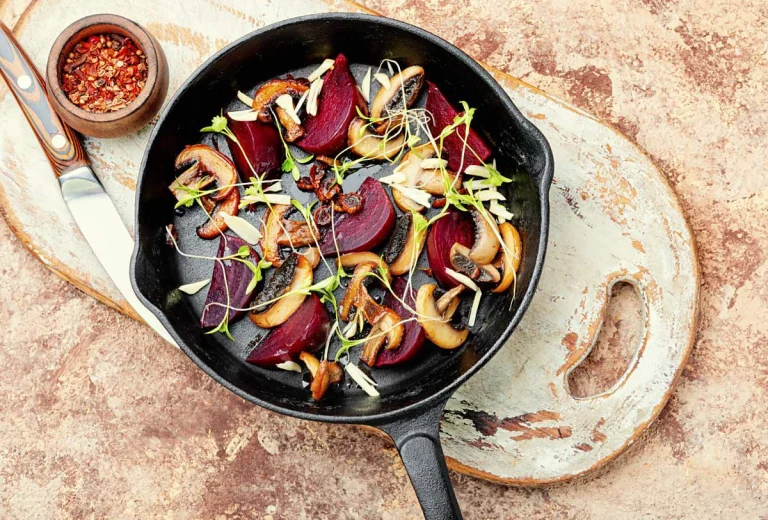
I love cooking with my skillet. Food seems to taste so much better when I use it. Here are some cooking tips if you are new to skillet cooking.
- Don’t worry about what type of utensils you use in it. Wood and metal are both fine.
- Be gentle. Don’t heat it too fast or cool too quickly.
- You can use cast iron on any heat source. Including induction.
- Use plenty of oil.
Tips for cleaning your cast iron skillet
Cast iron skillets are pretty easy to keep clean. There are just a few rules to follow when cleaning it and it will last you a lifetime.
- Use only water. Hot or cold.
- Scrub off stuck-on food with a pan scraper.
- Dry properly and coat with oil.
- Store it in a dry place.
- Use regularly!
You may also like:
- How To Clean The Bottom Of A Le Creuset Pan
- How Long Does A Cast-Iron Skillet Last?
- How To Strip A Cast Iron Skillet Without Oven Cleaner
- How To Clean The Bottom of a Cast Iron Pan
Frequently asked questions
Can you throw away a cast iron skillet?
Yes, you can throw away cast iron, but it is best to recycle it or take it to a scrap metal merchant instead.
Is it safe to use a cast iron skillet with rust?
Some folks say that rusty cookware can cause Tetanus which is a serious infection of the nervous system. According to Prevention.com, this is a myth because, in the past, people associated Tetanus with coming into contact with rusty nails. It wasn’t the rust that caused the infection, but the bacteria hanging around it.
Consuming rust apparently cannot impact your health. It is safe to drink water from rusty pipes, but it wouldn’t taste as good. So why use rusty cookware and risk ruining the taste of your food?
Fortunately, the rust on cast iron can be easily removed. Scrubbing it with wire wool might be all it needs. If not use the electrolysis method to remove heavy rust.
How to remove old sticky grease from cast iron skillet?
Old sticky grease can be very hard to remove. If your cast iron skillet has been hanging around unused for a while it might develop a sticky film.
Here’s how to get it off:
- Heat the pan slowly on medium heat.
- Pour in 1/4 cup of white vinegar.
- Scrape the surface with a wooden flat spatula.
- Pour off the vinegar and dry it while warm.
- Follow by seasoning it.

